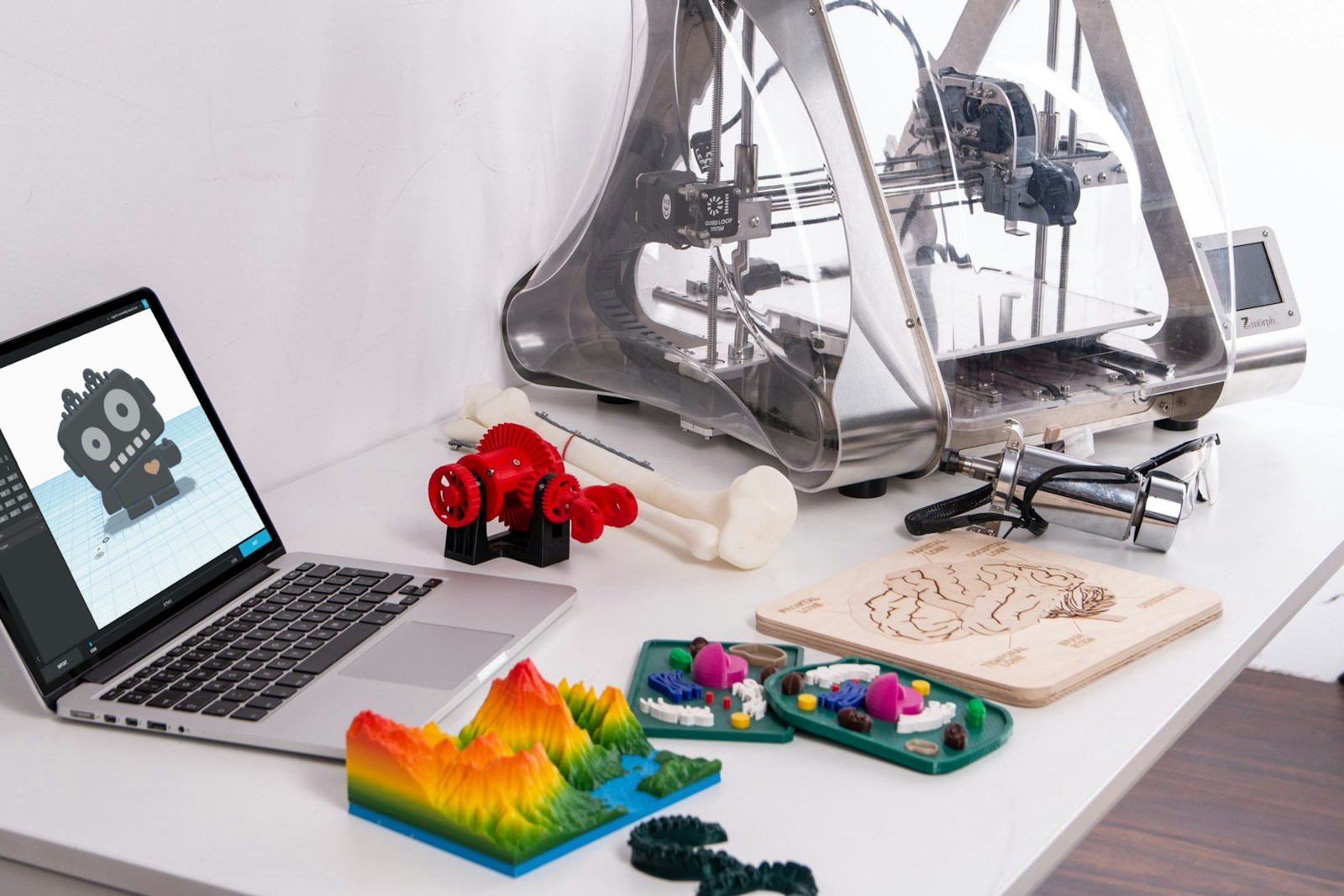3D printers are fascinating machines that build objects layer by layer. They use a process called additive manufacturing, which involves adding material to create a three-dimensional object from a digital model. This technology is used in various industries, from creating simple toys to complex aerospace parts.
These printers work by following a digital blueprint or 3D model. The model is sliced into thin layers by software, and the printer then creates each layer one by one using materials like plastic, resin, or metal. The printer moves its nozzle or laser in precise patterns to form each layer, gradually building up the final object.
With 3D printing, the possibilities are almost endless. You can create prototypes, customized products, or even replacement parts. This technology is revolutionizing the way we think about manufacturing and production.
Key Takeaways
- 3D printers build objects layer by layer from digital models.
- They use materials like plastic, resin, and metal.
- 3D printing is useful for prototyping and custom manufacturing.
Fundamentals of 3D Printing Technology
3D printing creates objects by building up layers of material. Various methods and materials are used to achieve precise results.
Understanding Additive Manufacturing
Additive manufacturing is the core of 3D printing. It builds objects layer by layer.
Fused Deposition Modeling (FDM) is the most common method. It works like a hot glue gun. Plastic filaments are melted and deposited in layers.
Stereolithography (SLA) uses a laser. It hardens liquid resin into solid layers.
Selective Laser Sintering (SLS) uses a laser to fuse powder particles together. This can include plastic, metal, or ceramics.
Types of 3D Printing Technologies
Several technologies are used in 3D printing.
FDM is popular for simple, low-cost printing. It’s used in hobbyist and educational settings.
SLA offers high precision. It’s used for detailed models and prototypes.
Direct Metal Laser Sintering (DMLS) is used for metal parts. It creates strong, durable objects.
Digital Light Processing (DLP) uses light to cure resin. It’s similar to SLA but can be faster.
Materials Used in 3D Printing
3D printers use various materials.
Plastics like PLA and ABS are common. They are easy to use and affordable.
Metals like titanium and aluminum are used for strong parts. These are common in aerospace and medical fields.
Ceramics are used for heat-resistant parts.
Glass can be used for transparent objects, although it is less common.
Each material and method offers different benefits. The choice depends on the object’s intended use.
3D Printing Processes and Applications
3D printing has transformed how things are made. This section explains the process, its uses across different industries, and emerging trends.
The 3D Printing Process
3D printing, also called additive manufacturing, builds objects one layer at a time. It starts with a digital file designed in CAD software. The file is then sliced into thin layers. The printer reads these layers and deposits material, typically plastic or resin, until the object takes shape.
The printer has a print head that moves in three directions—side to side, front to back, and up and down. Heated material extrudes from the head, forming precise layers. Some printers use lasers or UV light to harden liquid material into solid layers.
There are different types of 3D printers. FDM (Fused Deposition Modeling) is the most common. It uses a spool of filament. SLA (Stereolithography) uses liquid resin cured by light. SLS (Selective Laser Sintering) fuses powder-based materials with lasers. Each type has its own advantages and ideal uses.
3D Printing in Different Industries
3D printing is now used in many fields. In healthcare, it’s used to make custom prosthetics and implants. These fit patients better and can be made quickly. In manufacturing, companies use 3D printing to create tools and parts. This speeds up production and reduces costs.
The automotive industry prints prototypes and customized parts, allowing faster design changes. In aerospace, lightweight and complex parts can be made with less waste. This reduces costs and improves efficiency.
Education also benefits. Students and teachers can print models for hands-on learning in science, engineering, and art. This technology encourages creativity and innovation.
Future of 3D Printing and Emerging Trends
The future of 3D printing looks promising. One trend is bioprinting, where cells are printed to create tissues and organs. This could revolutionize medicine and transplant procedures. Another trend is using metal in 3D printing, allowing for stronger and more durable parts.
Large-scale 3D printing is also emerging. Some companies are printing houses and building components. This could make housing more affordable and sustainable. Lastly, the development of new materials continues, expanding what 3D printers can create.
As technology advances, 3D printing will become more efficient and accessible, leading to new possibilities in various fields.
Frequently Asked Questions
3D printing allows users to create objects layer by layer using various materials. It is important to understand the materials, process, capabilities, limitations, and economic impact.
What materials can be used for 3D printing?
Different materials work with 3D printers. Common choices include plastic, resin, metal, and even food. Plastics like PLA and ABS are often used in basic models. Metal and resin are used for more detailed or industrial prints.
What is the basic process of 3D printing for a beginner?
The first step is to design or download a 3D model. Beginners often use 3D design software or find models online. The design is then loaded into slicing software, which prepares it for printing. The printer then follows the instructions to create the model layer by layer.
What are the capabilities and limitations of 3D printing?
3D printing can create complex shapes that traditional methods cannot. It is great for prototyping and custom pieces. However, it can be slow and the final object might not always be as strong as those made with conventional methods.
How do 3D printers interpret designs from a computer?
Designs are usually created in CAD software and saved as files like STL. The slicing software then converts these files into instructions for the printer. The printer reads these instructions and builds the object one layer at a time.
What are the economic implications of using 3D printing technology?
3D printing can reduce production costs by needing less material and time. It allows for small-scale manufacturing and rapid prototyping. However, the initial investment in a good printer and software can be high.
In what ways are 3D printing technologies currently evolving?
3D printing technology is always improving. Printers are getting faster, more precise, and capable of using a wider range of materials. Innovations like multi-material printing and improved software are making it easier to achieve good results.






